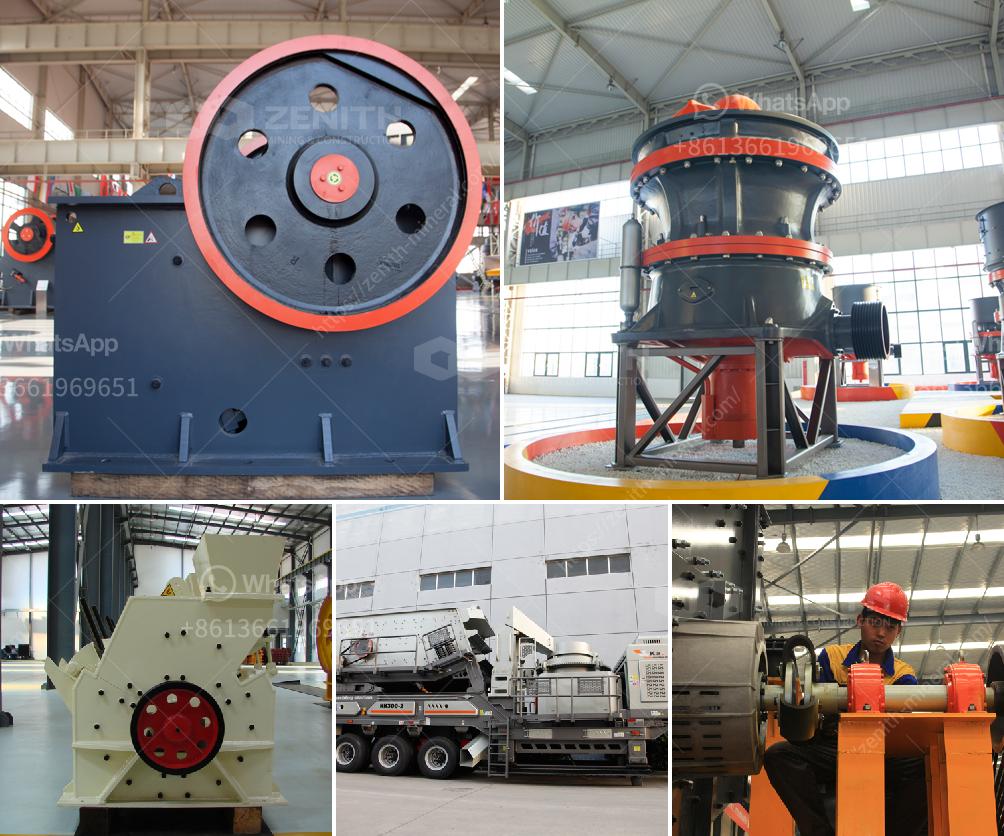A crusher is a piece of machinery used in the mineral and aggregate industry to break down large rocks into smaller, more manageable pieces or into different types of sand. Here's a high-level overview of how a crusher works to make different types of sand:
Primary Crushing: Large rocks are fed into the crusher through a hopper. A primary crusher (e.g., jaw crusher or gyratory crusher) is used to break down the rocks into smaller chunks, typically about 6 to 8 inches in diameter.
Secondary Crushing: The smaller chunks are then transferred to secondary crushers (e.g., cone crushers or impact crushers). These machines further reduce the size of the material to produce smaller aggregates or sand.
Tertiary and Quaternary Crushing: For even finer materials, tertiary and quaternary crushers (e.g., vertical shaft impactors or high-pressure grinding rolls) are used. These crushers ensure the material is reduced to sand-sized particles.
Screening: After the crushing stages, the material is passed through varying sizes of screens to separate it into different grades. This step ensures the production of sand with specific size and texture, suitable for different applications.
Washing and Classifying: To produce high-quality sand, the material is often washed to remove fines and impurities. Classifiers or cyclones may also be used to further refine the sand into different grades.
Grading and Blending: Depending on the desired specifications, the sand is then graded and possibly blended with other materials to achieve specific quality characteristics.
The type and configuration of the crusher used will depend on the hardness, abrasiveness, and other material properties, as well as the specifications of the final product. Each type of crusher (jaw, impact, cone, etc.) has a specific operational principle designed to optimize the reduction process for creating various types of sand.
